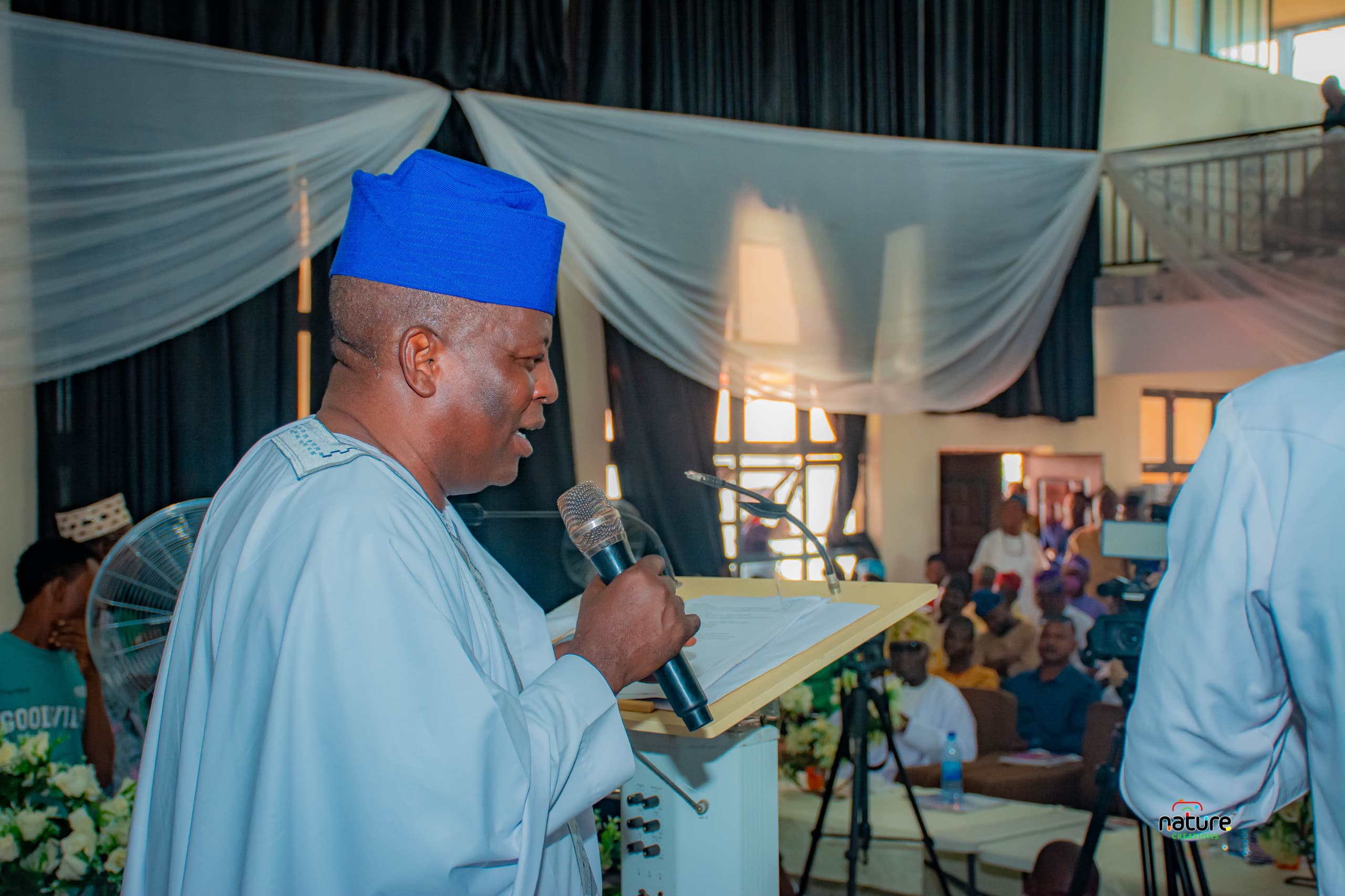
THE DIRECTOR OF CBCIU DELIVERS THE KEYNOTE ADDRESS AT THE CORONATION LECTURE OF IKU BABA YEYE, HIM, OBA ABIMBOLA AKEEM OWOADE I
You are here: Home  Resources
Resources  Events
Events  Lecture Series
Lecture Series
THE DIRECTOR OF CBCIU DELIVERS THE KEYNOTE ADDRESS AT THE CORONATION LECTURE OF IKU BABA YEYE, HIM, OBA ABIMBOLA AKEEM OWOADE I
On Tuesday, April 1, 2025, I served as the Keynote Speaker at the Coronation Lecture/Colloquium in honour of Iku Baba Yeye, His Imperial Majesty, Oba Abimbola Akeem Owoade I, the New Alaafin of Oyo. The epoch-making event featured the Matriarch of History Profession in Africa, Prof. (Mrs.) Bolanle Awe as the Chairman of the Colloquium, with Emeritus Prof. Anthony Ijaduola Asiwaju, Asiwaju of Borderland & Borderland Studies in Africa and Prof. Akinkunmi Alao, an expert in Yoruba Legal History and Cultural Studies of the Department of History at Obafemi Awolowo University, Ile-Ife, as discussants.
Key dignitaries at the event included the Oyomesi; the Royal Bishop and Emeritus Archbishop, Ayo Ladigbolu; Dr. Adekunle Ogunmola, the Chairman, Local Organising Committee for the Colloquium; the Distinguished Honourable Member representing Afijo, Oyo West, Oyo East and Atiba West Federal Constituency at the Nigeria Federal House of Representatives, Hon. Akeem Adeniyi Adeyemi (a.k.a. Skimeh); the Honourable Commissioner for Culture and Tourism in Oyo State, Hon. Wasiu Olatunbosun; the Vice-Chancellor of Atiba University, Prof. Sunday Olawale Okeniyi; the Rector of the Federal School of Surveying, Dr. (Mrs.) Dupe Nihinlola Olayinka; Dr. R.O. Garuba of Emmanuel Alayande University of Education; Hon. Olayiwola Agboola, Member of the Governing Council of Federal University of Lokoja; Prof. Olanrewaju Nasser, Former Vice-Chancellor of Ladoke Akintola University of Technology and Princess Folasade Adeyemi (a.k.a. Arewa Omooba Adeyemi III).
The Royal fathers at the event included HRM Oba Benjamin Alabi Olanite, the Onimeko of Imeko; HRM Oba John Oyetola Bolarinwa, Onigboho of Igboho and Oba Sakiru Adekola-Oyelere, Onifiditi of Fiditi, among others.
Other participants included Prof. Seun Oladele, the Chief of Staff to the Alaafin; Rev. Dele Kolade; Mr. Rotimi Osuntola; the Secretary of the Local Organising Committee for the Coronation; Deaconess Funmilayo Ojoawo; the High Chiefs of Oyo and its environs, among others. The Master of Ceremonies was Mrs. Temitope Agboola of Atiba University Radio.
EXCERPT FROM THE KEYNOTE ADDRESS DELIVERED AT THE ALAAFIN CORONATION COLLOQUIUM HELD ON APRIL 1, 2025 AT THE FEDERAL SCHOOL OF SURVEYING, OYO
The Place of the Alaafin Institution in Yoruba History, Culture and Politics: A Historical Exposition for the New Alaafin of Oyo Iku Baba Yeye, His Imperial Majesty, Oba Abimbola Akeem Owoade I
Owo l’Eko ni; Ara Oyo lo l’Oba
Lagos may have money; Royalty belongs to the Oyo People.
The above-quoted Yoruba adage is an apt and succinct description of the place of Alaafin of Oyo in Yoruba’s historical, cultural and political development. Indeed, Oyo and its rulers, the Alaafin, occupy a central place in Yoruba’s historical and cultural civilisations.
Preliminary Remarks
I am happy to serve as the Guest Speaker at this milestone and epoch-making ceremony. It is a milestone because it is difficult to witness the installation and coronation of an Alaafin. The immediate past Alaafin of Oyo, Oba Lamidi Olayiwola Atanda Adeyemi III, spent fifty-two years on the throne of his ancestors. His predecessor, Alaafin Siyanbola Ladigbolu, spent thirty-three years. For us to be partakers in the history of the coronation of Alaafin Abimbola Akeem Owoade taking place today, we should pour libation to Olodumare. May the king live long, and may Alaafin Tuntun, Oba Abimbola Akeem Owoade I, live longer than his predecessors and be in excellent health, too. This is an invitation to history. I welcome all of you to the coronation lecture and colloquium.
I must begin this presentation with due respect and obeisance to my former teachers and my academic mentors, who are now serving as discussants at this coronation colloquium. Professor Bolanle Awe, my mother, the matriarch of the history profession in Nigeria, whose contribution is yet to be surpassed. It may interest this audience to know that Prof. Bolanle Awe was born in 1933, twenty-eight years before my birth. This doyen of history, a former Commissioner in the old Oyo State and former Pro-chancellor of University of Nigeria, Nsukka, is a living titan. Mama turned 90 in 2023. May you continue to be there for us. All of us, either as direct students or teachers of history, have benefitted from your publications. Her magnum opus was her PhD thesis, The Rise of Ibadan as a Yoruba Power in the Nineteenth Century, which she completed in 1964 at the University of Oxford. As an undergraduate student in the then Department of History, University of Ife, I also read her publications with relish: The Ajele System: A Study of Ibadan Imperialism in the Nineteenth Century and The End of an Experiment: The Collapse of Ibadan Empire 1877-1893, both published in the Journal of Historical Society of Nigeria (1964).
I should also pay due respect to my father, Professor Anthony Ijaola Asiwaju. Our Emeritus Professor was born in 1939 in the celestial city of Imeko. Prof. A.I. Asiwaju is living true to his name. He is the Asiwaju of African Studies – an expert in Borderland and the doyen of Boundary and Borderlands Studies in Africa. Unparalleled and incomparable, his major publications include Western Yorubaland under European Rule, 1889-. 1945, A Comparative Analysis of French and British Colonialism and Partitioned Africans: Ethnic Relations Across Africa’s International Boundaries, 1884-1984. Prof. Asiwaju has worked extensively on African boundaries – a foremost authority and consultant to many organisations, including the United Nations. Prof. Asiwaju was celebrated in 2021 with his new publications titled Bridging African Boundaries: Cross-Border Areas and Regional Integration in Comparative History and Policy Advocacy at the University of Lagos. May you continue to remain ageless.
The third discussant, Prof. Akinkunmi Alao, is my childhood friend. We started together as undergraduate students at the Department of History at the University of Ife in 1978. His major works focus on the Demographic Consequences of the Owu War, 1821-1825, as well as Nigeria’s history and Legal History. For anyone who is interested in an authoritative account of the Yoruba legal system and the jurisprudence of late Chief Justice Adetokunbo Ademola (1906-1993), he remains a foremost expert. Akinkunmi Alao is no doubt following in the footsteps of the leading legal historian, Prof. Omoniyi Adewoye. Akin Alao is also an expert on Nigeria’s tangible and intangible cultural heritage.
Above all, I dedicate this lecture to four exceptional scholars. The first is the late Professor Isaac Adeagbo Akinjogbin, the greatest teacher of all times, the Herodotus of Yoruba history, and the great author of three major publications. One, Dahomey and its Neighbours, 1708-1818 (Cambridge University Press, 1967). He taught me the rudiments of Yoruba History. It was through his research that we learned what we know today about Yoruba history. It was Prof. Akinjogbin who discovered in the Dutch Records that Alaafin Abiodun joined his ancestors in 1789. Prof. I.A. Akinjogbin, in 1986, also organised a National Conference on War and Peace in Yorubaland, 1793-1893 at the Department of History, University of Ife (now Obafemi Awolowo University). The Conference Proceedings was eventually published as an edited volume titled War and Peace in Yorubaland, 1793-1893 (Ibadan: Heinemann Educational Books (Nigeria PLC, 1998). Both Akin Alao and my humble self have chapter contributions. The third major publication of Late Prof. Akinjogbin was Ife: The Cradle of a Race (Port Harcourt: Sunray Publications Ltd, 1992)
The second person is the great scholar of Yoruba history and immediate past Alaafin of Oyo, Oba (Dr.) Lamidi Olayiwola Atanda Adeyemi III, a custodian of Yoruba history and the man who also immersed me in the history of the Oyo people. In 2018, the Centre for Black Culture and International Understanding, Osogbo, organised a three-day conference on the institution of Alaafin titled Alaafin in Yoruba History, Culture, and Political Power Relations. We came up with major recommendations. We have published two editions of the conference proceedings titled Oyo: History, Tradition and Royalty (Ibadan: Ibadan University Press, 2021) and The Royal Institution in Yoruba Tradition and Popular Culture (Ibadan: John Archers Publishers, 2021). The third volume Imperial Oyo: History, Culture and Tradition consists of 73 chapters including chapter contribution by Alaafin Lamidi Olayiwola Adeyemi III. We are seeking funds to publish the work.
The third person is Emeritus Professor Toyin Falola, who is a mentor of mentors, a teacher of teachers, and a restless scholar without borders. Prof. Toyin Falola is the Jacob and Frances Sanger Mossiker Chair in the Humanities and University Distinguished Teaching Professor at the University of Texas at Austin. The man I pleaded with to stop writing or reduce the scope of his work but he told me that if he stopped working, he would die. Since I don’t want him to die now, I have been praying for him to remain strong and healthy. He is a long-distance runner with a phenomenal pace. He is also a well decorated organic scholar.
The fourth scholar is Professor Akinwumi Ogundiran, a world-renowned Archaeologist who has worked for over twenty years on the Archaeology of Alaafin’s Legacy and Heritage, the Archaeology of Upper Osun and Ede-Ile, and the author of the latest publication on Yoruba History The Yoruba: A New History (Indianna: Indianna University Press, 2020).
Introduction: The Antiquity and Legacies of Oyo Kingship Institution
The Kingdom of Oyo was one of the most prominent, powerful, and largest Yoruba kingdoms before the 19th Century.[i] According to traditions, the kingdom was founded by Oranmiyan/Oranyan – a grandson or the youngest child of Oduduwa, the acclaimed eponymous father of the Yoruba people, around the 13th century. Oranmiyan was also regarded as the progenitor of the Eweka Dynasty of Benin Kingdom, which was founded earlier in the 12th century.[ii] Oranmiyan founded the Oyo Kingdom when he failed to defeat the states to the North of Ile-Ife upon his frustrating return from Benin, to where he was seconded as a ruler by Oduduwa. Oyo, the main domain of the Alaafin today, is one of the Yoruba towns in South-western Nigeria. It is situated in an open country fifty-five kilometres north of Ibadan, the capital of the present Oyo State of Nigeria. The Old Oyo (Where the Oyo people settled before they moved to the present site) was situated some thirty-three kilometres to the North and is of great interest to historians and archaeologists.
The ancient capital of the old Oyo kingdom occupies a conspicuous place in Nigerian and African History. This was prominent in works written by colonial officials and historians and, lately, by contemporary African historians. From 1650 to 1750 which marked the Zenith of Oyo Empire, the territory was presented in oral traditions as covering the territories between the eastern Niger River and the western Volta River. At this time, the Oyo Empire was the most prominent and powerful of all early Yoruba entities. At its height, the empire of Oyo covered a huge area bounded to the north by current northern Nigeria, to the east by Benin, to the west by the frontier of the modern Republic of Togo and to the South by the Mangrove swamp and lagoons that form a barrier between the seas and the interior.
The Oyo Empire was a dominant military power in West Africa, particularly through its well-organised cavalry system. The introduction of horses gave the Oyo military a significant advantage in warfare, enabling territorial expansion and control over key trade routes. Strategic alliances with neighbouring states, including the Wasangari, Mossi, and Mande, strengthened the empire’s position against external threats like the Nupe militarists. Through effective military campaigns, the Alaafin and his generals secured Oyo’s dominance over vast territories, from northern Yoruba regions to parts of modern Benin and Togo Republics. The empire’s military strength not only protected its people but also ensured stability and prosperity within its borders. Horsemanship in the history of Oyo has been traced to the period of Oranmiyan. There is also evidence in the Benin traditions that Oranmiyan brought the first horse to Benin. The third Alaafin of Oyo, Sango, was also associated with horses. Wooden sculptures of horses are usually carved for the cult of Sango. The implication of the introduction of horses in warfare was far beyond the military revolution for the pre-colonial Yoruba people. For them, it was a guarantee that the military might of Oyo was there to protect the borders of the Yoruba and keep the people safe against external invaders. The failure of the Oyo military machine was the beginning of the crisis in Yorubaland.
The Alaafin presided over one of the most prosperous economies in pre-colonial West Africa. The Oyo Empire was a key commercial hub, fostering trade networks that connected the region with Mali, Kanem-Bornu, and the trans-Saharan trade routes. The empire thrived on the exchange of goods such as cotton textiles, iron tools, pottery, and horses. The economic foundation of the Oyo Empire was built on trade, agriculture, and local industries. The Oyo indigo cloth gained a reputation for superior quality, leading to its demand across the West African region. Women played a central role in the economy as potters, weavers, and traders, demonstrating the inclusive nature of Oyo’s economic system. Additionally, the iron industry flourished under the Alaafin’s rule. Large-scale iron production centres were strategically located outside urban centres to manage pollution, showcasing the early environmental planning within the empire. This industry supported agriculture, warfare, and trade, strengthening Oyo’s economic dominance.
The Alaafin was more than a political and military leader; he was also the spiritual and cultural custodian of the Yoruba people. Oyo was a melting pot of diverse cultures, where inclusivity was a hallmark of its social fabric. The expansion of the empire facilitated the spread of Yoruba traditions, language, and religious practices across West Africa. The Alaafin’s reign was deeply intertwined with cultural preservation and innovation. Oyo was a multicultural society, welcoming diverse ethnic groups and integrating them into its administrative and military structures. This inclusivity fostered a strong national identity and social cohesion. Oyo’s expansion led to the spread of Yoruba culture, language, and traditions across West Africa. One of the most enduring cultural influences is the Sango worship tradition, with Sango being a deified Alaafin. His legacy continues to be celebrated in Yoruba religion and festivals worldwide. The Alaafin also oversaw urban planning and environmental management. The capital city, Oyo-Ile, was carefully designed with water management systems, demonstrating advanced engineering skills. The use of baobab trees as markers of Oyo settlements highlights an intentional approach to ecological adaptation and landscape modification.
Hence, the imperial majesty of the Alaafin was neither limited to the grandeur of his palace, which made him the owner of the palace nor to the splendour of the capital; the majesty of the Alaafin covered the vast imperial space he controlled. His power was both divine and secular. The sacredness of his power was derived from the ancestral link and the sacred powers of the deities he represented, as well as the series of coronation rituals that transformed him into a higher being. His secular authority was derived from the public acceptance as divinely sanctioned.
The Alaafin’s legacy is preserved in historical sites like Old Oyo National Park, which serves as a reminder of the empire’s grandeur. Archaeological excavations by African scholars such as Professor Akin Ogundiran of North-western University, U.S.A., have uncovered evidence of urbanisation, trade, and governance, further emphasising Oyo’s historical significance. Alaafin remains an important figure in traditional leadership and cultural preservation. Despite the decline of the empire in the 19th century due to internal conflicts and external pressures, the institution of the Alaafin continues to shape Yoruba identity and influence contemporary governance in Nigeria. Many politicians and leaders seek Alaafin’s counsel, which reflects the continued relevance of this institution.
CONTEMPORARY & PIVOTAL ISSUES IN THE HISTORY OF OLD OYO EMPIRE
Oranmiyan Factor: Towards Sustainable Unity in Yorubaland
The construction of heroes is one of the distinguishing features of Yoruba people. From the family perspective, the concept of alajobi is sacred and used to construct unity among nuclear and extended family members. In the societal space, alale-ile is used to build communal relations and unity among various groups. This practice permeates Yoruba socio-economic and political frameworks. In the larger space of Yorubaland, Oranmiyan is an important hero in Yoruba and Oyo History. In the context of Oyo history, Oranmiyan was the son or grandson of Oduduwa, the eponymous father of the Yoruba race. After the death of Oduduwa, his children shared his properties. While his brothers inherited all material properties such as money, wives, beads, garments and crowns, the only property left for Oranmiyan, who was reported to have been on a military expedition, was land. Oranmiyan is described as a mighty hunter, a man with great physical strength and a conqueror. One of Oranmiyan’s greatest qualities was his administrative, political, and diplomatic ingenuity.
Oranmiyan’s heroic identity is not only restricted to Oyo and Ile-Ife. His influence cut across four dynasties. At various times in the history of the Yoruba, he was a ruler at Ife, Benin, Oyo and Oko. The traditional ruler of Osile (Oke-Ona Egba) in present-day Abeokuta, Ogun State, Nigeria, bears the title Oranmiyan. In Benin, Oranmiyan was the founder of the present Eweka dynasty of “Ile-Ibinu” (land of vexation and anger), which was contracted to ‘Benin.’ The Benin oral tradition speaks of the vacant throne and the request by the ‘Bini’ elders that a prince be sent from Uhe (Ife) kingdom after the collapse of the Ogiso dynasty. Oranmiyan left Benin because of the hostility he met with the people. He, however, instructed that the elders should allow his son, Eweka, whom he had through Edo woman, to rule in his stead. Eweka became the ancestor and first Oba of Benin in the lineage of Oranmiyan.
In the aftermath of the ‘Bini’ episode, Oranmiyan journeyed northwards to establish another kingdom at the bend of River Niger. This kingdom was called Oyo. Leaving his family and party behind, Oranmiyan finally returned to Ile-Ife, where he died. In another narration, Oranmiyan was said to have died at Oko, a new settlement he founded after Oyo. It was from Oko that his body was moved to Ile-Ife in line with the Yoruba adage “Ori Ade ki sun ta” (A Crowned head never dies nor gets buried outside his domain). The Opa Oranmiyan is one of the tangible cultural heritage items in Yorubaland, and it was raised in Oranmiyan’s tomb. All the dynasties that had connections with Oranmiyan rose to prominence and their exploits are well documented in history.
The contributions of Oranmiyan to Yoruba and Oyo history are a testament to various forms of collective nostalgia. In Ile-Ife, Oranmiyan is remembered through the Oranmiyan festival inaugurated in 2013. The festival is a cultural rebirth that rallies all Yoruba nations to promote the heritage of their forebears. Also, among the Oyo, Oranmiyan is celebrated via the annual event Oranyan festival. Oranyan festival in Oyo comes with different cultural performances by masquerades such as Oya Ile Akiodi, Pekepeke, and Mogba, among others; the Akunyungba performance by wives of the Alaafin; the wearing of Ade Sesefun, which was worn by Oba Lamidi Adeyemi III, during the 2017 Oranyan festival. In Benin, Oranmiyan is highly regarded within the cultural space. The Ugie-Odudua Festival – a 14-day indoor and outdoor festival that reportedly started in 1504 during the reign of Oba Esigie, is used to mark the remembrance of the return of Oranmiyan, son of Oduduwa to his ancestral land of Benin kingdom.
Hence, as Oranmiyan holds a very pivotal role in history, particularly among the Yoruba, HIM Majesty Oba Akeem Owoade must imbibe the spirit of Oranmiyan – a spirit of collectivity, unity and leadership role. Oba Lamidi Olayiwola described the position of Oranmiyan and lessons from his heroic deeds thus: “The archetypal monarchy embroidered with central authority was a product of the wizardry of Oranyan, who left the cradle of Yoruba consciousness to create a system of government whose effectiveness, creativity, relevance, suitability and appropriateness are not in doubt even in contemporary Nigeria…It also calls attention to Yoruba’s contribution to civilisation as empire builders long before the dawn of political sophistication in other parts of the world. It goes beyond mere celebration and veneration of our heroes past, but lubricating the tunnels of harmony, ignite the touch of unity and fester peace among the Yoruba race.”
Knowing History: Oyo Monarchy, Constitutional Crisis and the Institution of Alaafin
The Alaafin of Oyo embodies legacies of good governance, military strategy, economic prosperity, and cultural revolution. The institution of the Alaafin, originating from the Oyo Empire, has played a pivotal role in shaping Yoruba civilisation and continues to exert influence in modern leadership. This lecture explores the far-reaching impact of the Alaafin, both historically and in contemporary society, highlighting the significance of this revered institution. One of the most enduring institutions of kingship in the history of Africa is the institution of the Alaafin. The institution has performed historically significant traditional leadership roles in Yoruba and African history. Since the pre-colonial period, the institution of the Alaafin has not only been traditionally significant, but also remained relevant to the growth and development of the Yoruba. The Alaafin’s governance was underpinned by a structured political system that combined monarchy with a well-balanced system of administration. The Oyomesi, a council of chiefs, served as advisors to the Alaafin, ensuring a consultative form of governance that prevented absolute rule. This political model was pioneered in West African administration and influenced governance structures across the region.
Constitutional crises have been one of the recurring themes in Oyo’s history. Prior to the fall of the Oyo Empire, the activity of Basorun Gaa in Oyo’s history is a detailed example of the disruptive nature of dictatorial leadership. The constitutional crisis contributed to the weakening of the empire and remains a factor that contributed to its collapse.
The selection process for Alaafin’s stool has been known to be competitive in history. At the establishment of the new Oyo after the collapse of the empire in 1837, the death of Alaafin Atiba witnessed a constitutional crisis over succession. At Old Oyo, the kingship rotated in different segments of the ruling lineage. When a monarch died, his eldest son and his leading officials who shared office with him died with him. His other children usually retired into exile to seek adventure and await their turn. However, political events between 1858 and 1860 witnessed constitutional turmoil as Alaafin Atiba, confronted with the realities of succession, opted for his son – Adelu, to succeed him. Atiba’s decision was shaped by the effects of the Oyo civil war, in which several lineages from Old Oyo could begin to claim the throne as the children of Oja, whose father founded the present location of Oyo. Adelu’s succession was the first time Oyo witnessed the direct succession of the Alaafin prince. Alaafin Atiba was able to secure Ibadan’s support for the decision. Ibadan warlords and rulers organised a conference in a small town – Alabaja- where necessary decisions were made to provide Adelu with the diplomatic and administrative support needed to succeed Atiba. However, the decision did not go unchallenged. Aare-Ona-Kakanfo Kurunmi of Ijaye refused to recognise Alaafin Adelu and emphasised that Adelu should accompany his father as tradition demanded. The outcome of this constitutional crisis led to the Ibadan-Ijaye war from 1858-1862.
Also, Oba Lamidi Adeyemi III, whose emergence as the new Alaafin, was not without contest among other princes in Oyo. Records revealed that numerous princes made their interests known and contested for the throne. Existing records indicated that the process of selection started in 1968 after the death of Oba Gbadegesin Ladigbolu. A total of ten candidates from the Alowolodu house, the ruling house whose turn it was to present candidates for the stool contested for the throne of Alaafin. However, after due consideration, Lamidi Olayiwola Adeyemi III was selected. Despite the controversies that trail the selection of Alaafin, the major concern lies in the Yoruba maxim that Oyo o gbodo baje. The need to uphold the kingship institution, its practices, palace culture, and traditions must be the top priority agenda. This task requires a multi-stakeholder approach, which involves establishing the framework of unity towards a greater Oyo and Yorubaland in harmony and peace. It is the responsibility of HIM, Oba Akeem Owoade, to address and provide the leadership and governance architecture needed to ensure that unity is prioritised over personal gains and interests.
Preservation of Sango Heritage: Alaafin is Sango, Sango is Alaafin Sango worship is very central to the institution of Alaafin. Sango is Alaafin, Alaafin is Sango. Sango owns the Apeere (stool) of the Alaafin. Consequently, any Alaafin must prioritise the worship of Sango and propitiate it in line with extant traditions and norms. It is gratifying to note that Iku Baba Yeye, Alaafin Akeem Owoade, was crowned the Sango crown on the 29th March 2025, the chief priest of Sango. Hence, one of the important tasks for his HIM, Oba Akeem Owoade, lies in the preservation of the Sango festival and other Oyo cultural heritage. The Alaafin is a cultural ambassador to the Yoruba people both at home and abroad. Indeed, it is an important observation that Alaafin Adeyemi’s commitment to Sango worship and festival over the years bore the desired fruits between Monday 4 to Saturday 9 December 2023 at the 18th session of the Intergovernmental Committee for the Safeguarding of the Intangible Cultural Heritage, which took place in Kasane, Republic of Botswana adopted Oyo Sango Festival as a World Heritage Site. We acknowledge the contributions of Alaafin Adeyemi III, the Alaafin Cultural Advisor, Dr Paula Gomez and the Oyo State Government under His Excellency Engineer Seyi Makinde to the realisation of the cultural feat. Alaafin, Oba Akeem Owoade must understand the importance of Sango and its preservation, all of which are integral components of Yoruba identity. Like his predecessor, the new Alaafin must embody culture and be proudly associated with Isese. This legacy must be preserved and sustained by the current Alaafin.
.
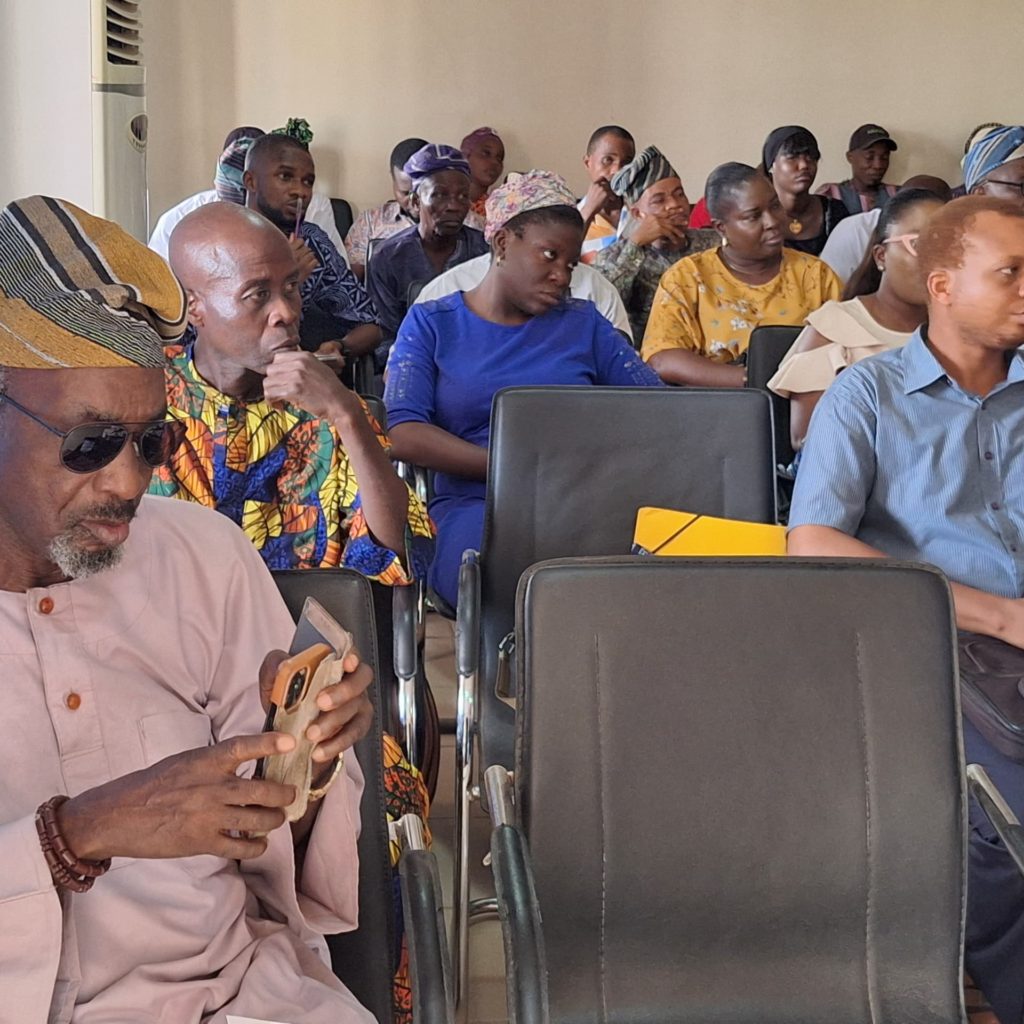
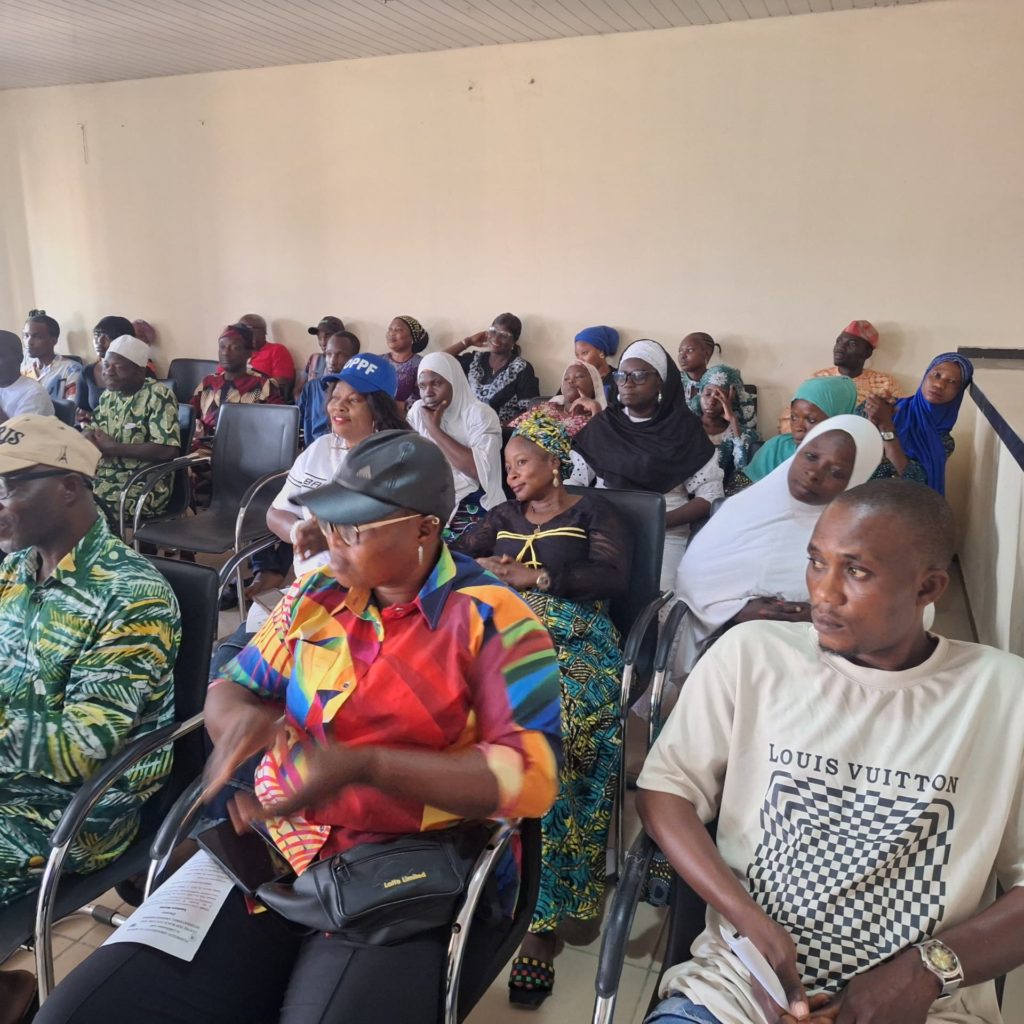
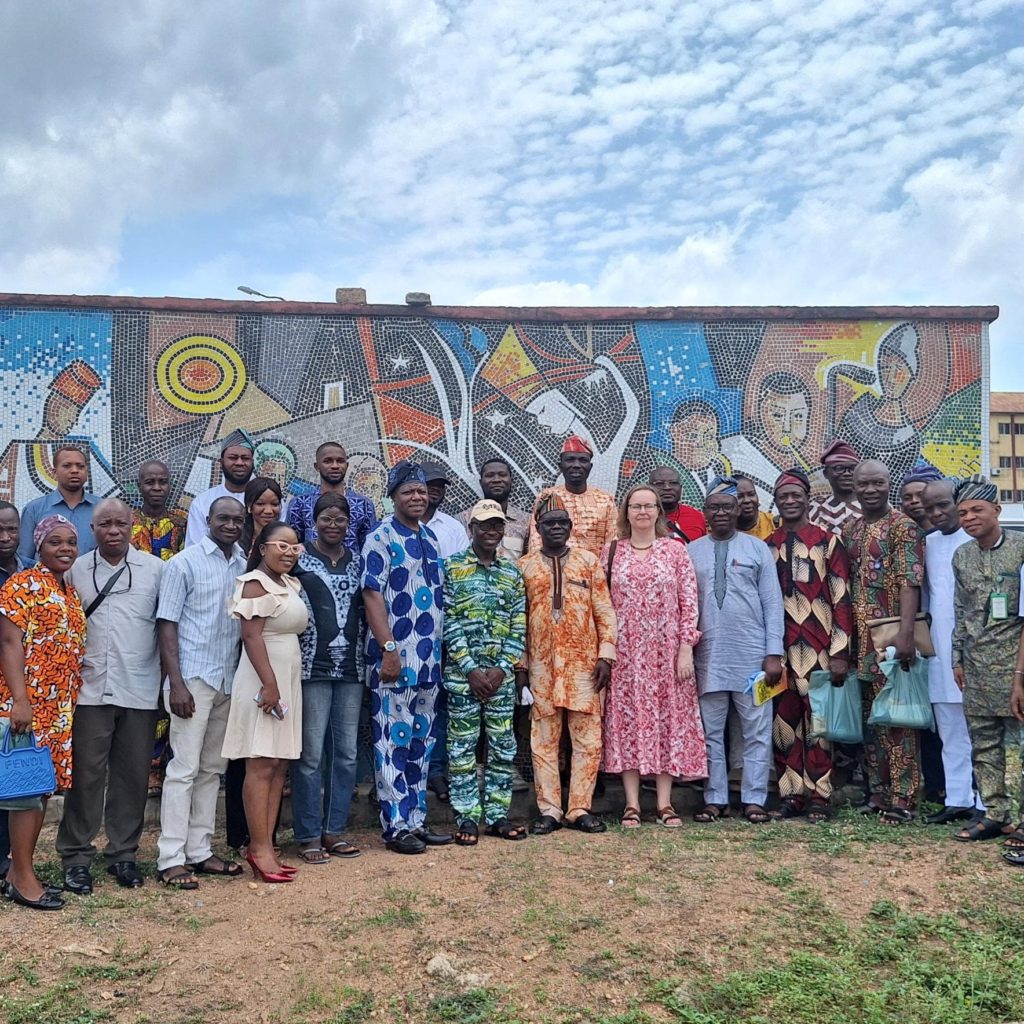
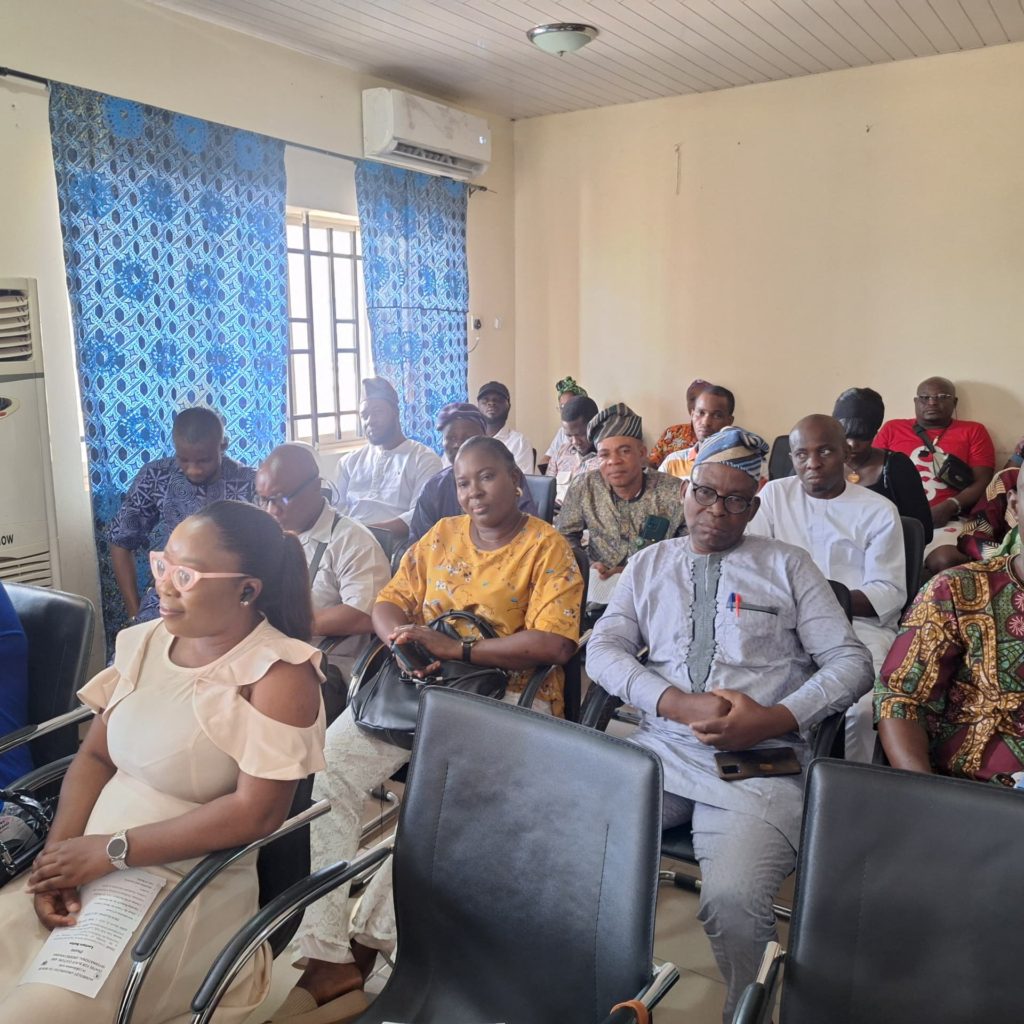
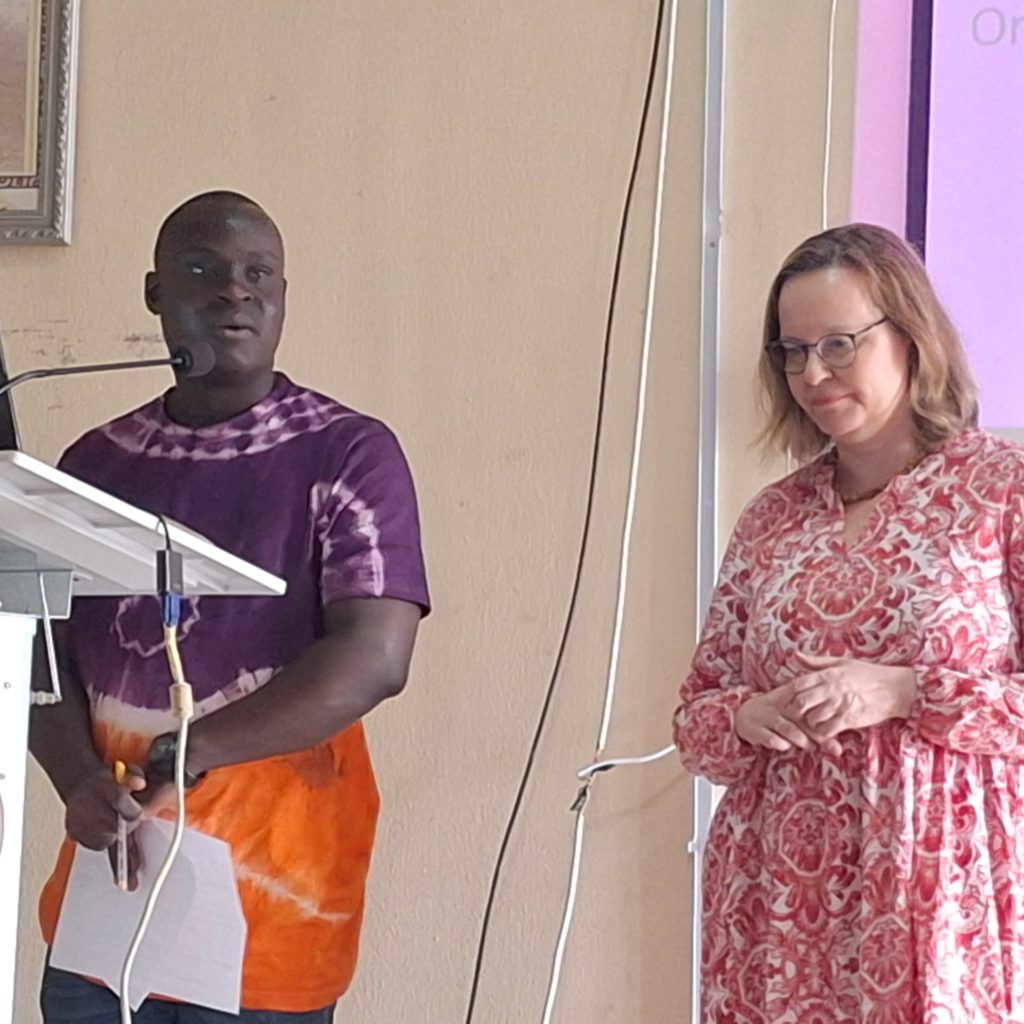
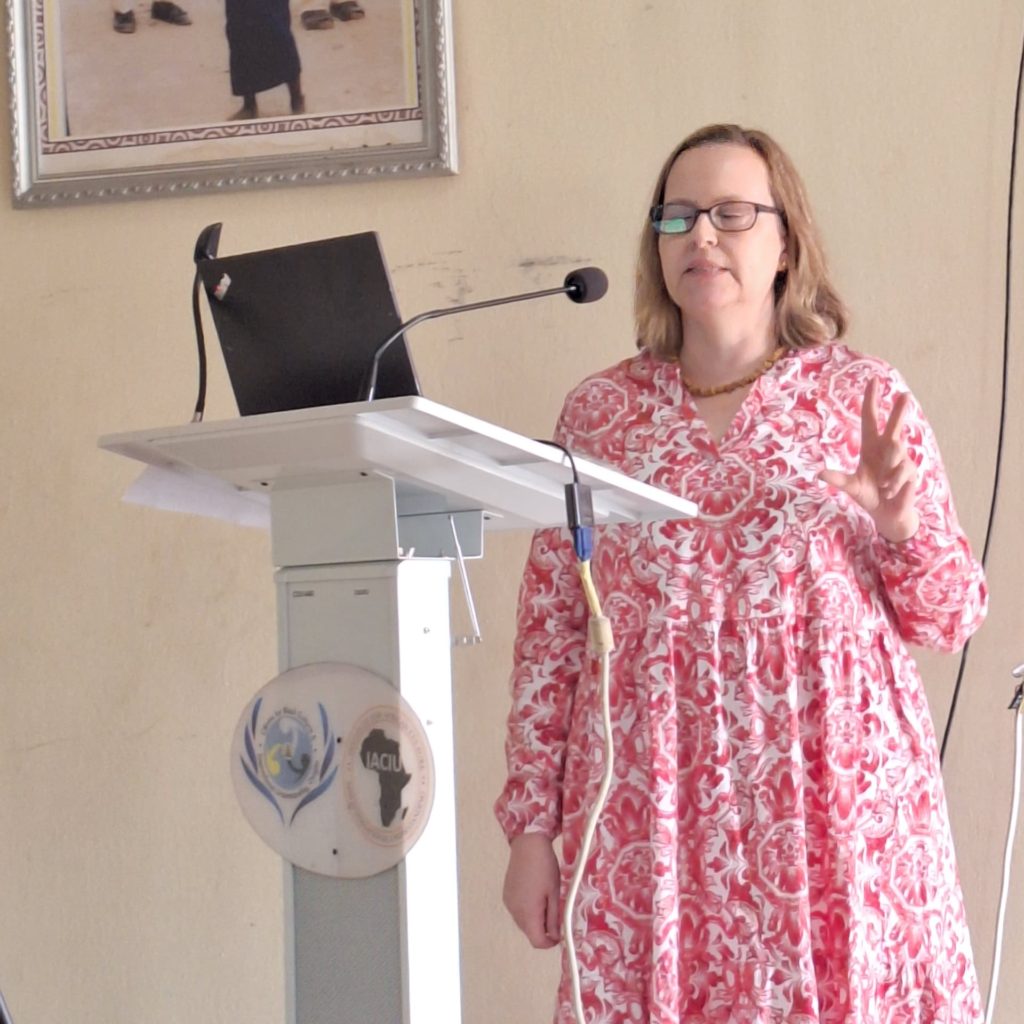
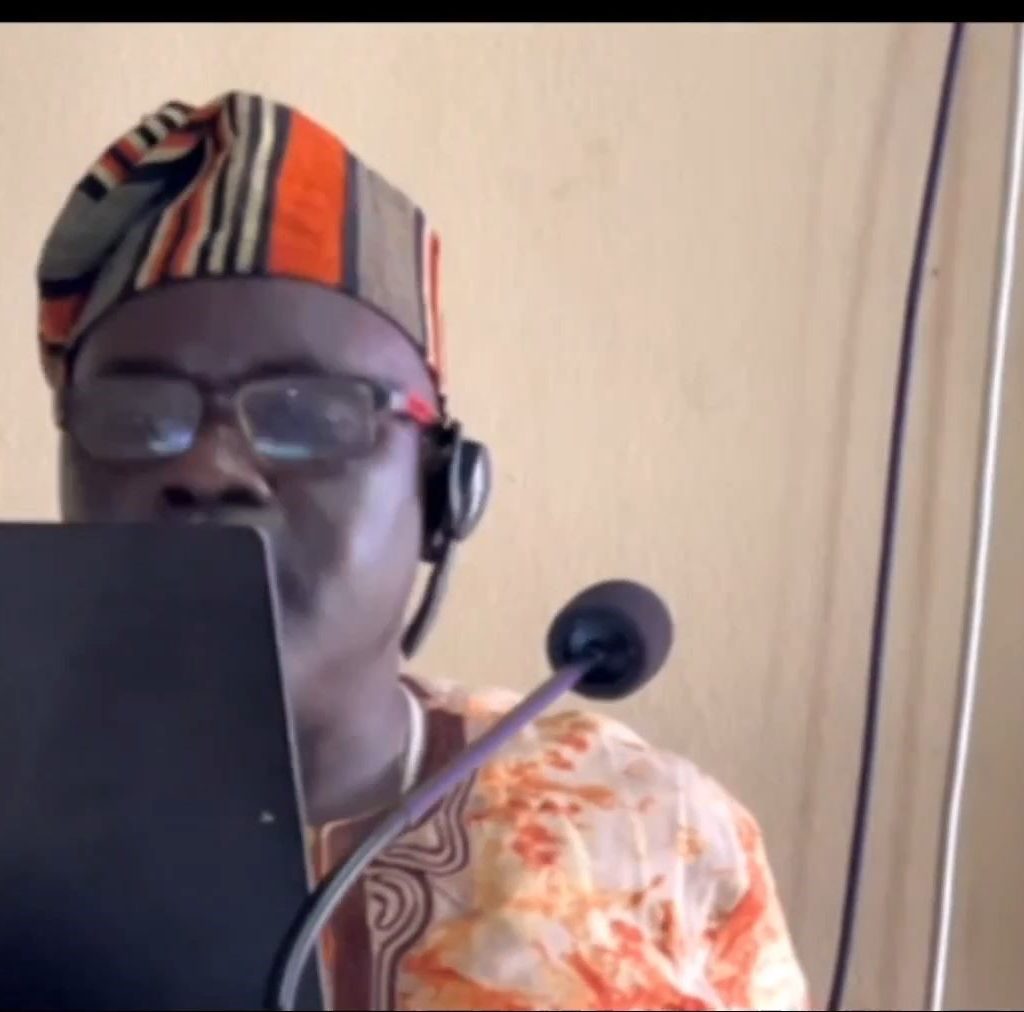

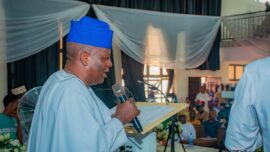
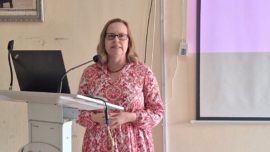

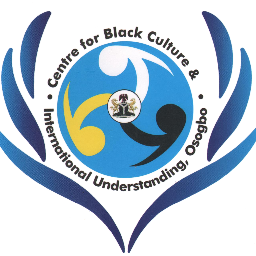
0 comments
Write a comment